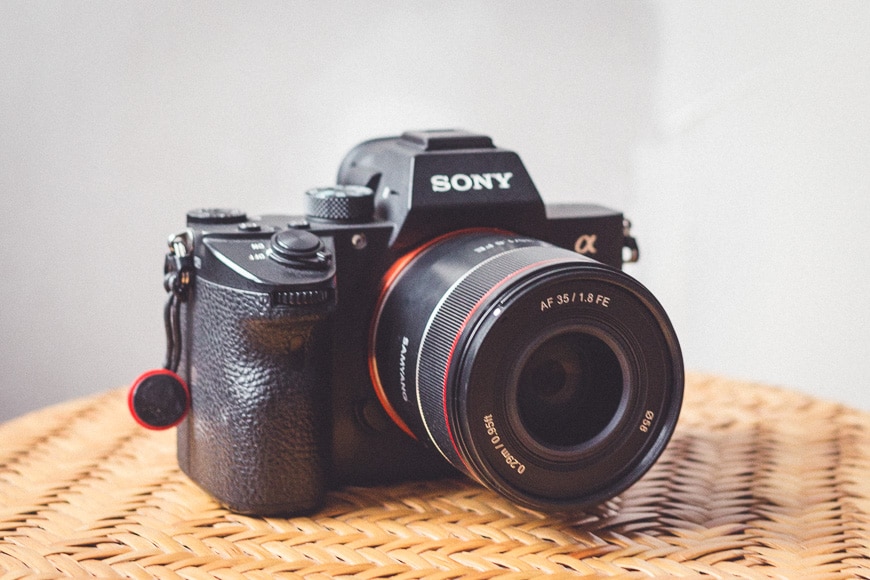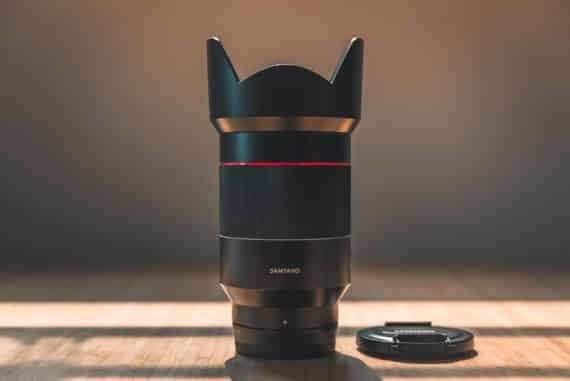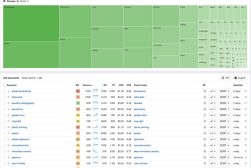
Samyang AF 35mm f/1.8 Lens Review (for Sony FE)
The Samyang AF 35mm f/1.8 FE is sharp, portable, and affordable. Should it be the next lens for your Sony? Read our review to find out!
Samyang AF 35mm f/1.8 FE (a.k.a. Rokinon) has forged a reputation in recent years for producing lightweight, affordable glass for the Sony system. Many of their lenses offer solid alternatives for those on a budget, and the Samyang AF 35mm f/1.8 is no exception.
Until 2019, there were no 35mm f/1.8 lenses available. Sony then plugged the yawning void in its lens lineup with a prime lens that for some felt a touch too expensive.
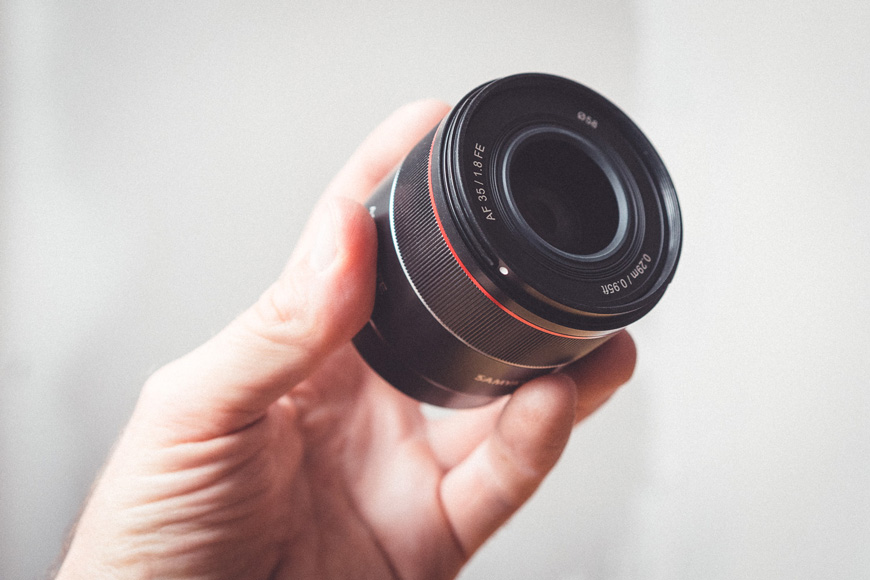
Offers crisp, clear images and excellent low-light performance, along with an autofocus motor that's quick, quiet and precise.
For this reason, this 35mm lens from Samyang is a welcome addition, doubling the number of f/1.8 options at this focal length, and carving the price of the Sony lens almost in half.
If other lenses from Samyang are anything to go by, this lens should offer a lot of value – see also our Samyang 35mm f/1.4 and 35mm f/2.8 reviews.
Check out this Samyang 35mm f/1.8 lens review to see how it performs.
Samyang AF 35mm f/1.8 Specs
- Lightweight
- Compact
- Fast f/1.8 aperture
- Excellent sharpness and overall image quality
- Great value for money
- Colour fringing can be a little strong at times
- Does not have a refined or solid feel
- Maximum/Minimum Aperture: f/1.8 to f/22
- Angle of View: 63.6°
- Minimum Focus Distance: 12 in / 29 cm
- Maximum Magnification: 0.17x
- Optical Design: 10 elements in 8 groups
- Diaphragm Blades: 9, rounded
- Image Stabilization: No
- Front Filter Size: 58 mm
- Diameter: 2.6 in / 65 mm
- Length: 2.5 in / 63.5 mm
- Weight: 7.4 oz / 210 g
Build & Ergonomics
The Samyang 35mm f/1.8 attached to a Sony a7 III.
Samyang has focused on producing compact and lightweight glass and the Samyang AF 35mm f/1.8 follows the pattern of its “Tiny” range of lenses, such as the Samyang 24mm f/1.8 FE.
The lens is lightweight plastic which means that it doesn’t have a refined or solid feel to it, but it does keep it at a shade over 200 grams — and keep in mind that the Sony alternative is a third heavier.
The Samyang is also slightly shorter, and this is very much a lens that is designed with travel and casual use in mind. (That’s not to say it’s unsuitable for serious use! Read on.)
It ships with a rather smart, semi-rigid clamshell case, an added bonus that I appreciate from Samyang. I often travel light and on outings where I don’t take a camera-specific bag, the case gives me the option of chucking the lens in with a load of non-camera gear or wedging it into a large jacket pocket.
The Samyang AF 35mm f/1.8 is quite minimal, with no AF/MF toggle switch. Instead, there’s a MODE switch, allowing you to convert the functionality of the focusing ring.
By default, switching to MODE 2 changes the ring over to controlling the aperture, and if you have the Rokinon Lens Station, you can further vary its functionality.
I’m not really one for custom buttons and customisable rings, but I appreciate the functionality that Samyang has deployed here – a feature first seen in the Samyang AF 75mm f/1.8.
Again, it’s a bit too easy to knock the ring, causing you to change the aperture without realising. That said, the ring itself is nicely dampened when focusing.
The Samyang AF 35mm f/1.8 ships with a small lens hood that clicks satisfyingly into place.
It also brings one notable upgrade not seen previously in the manufacturer’s lightweight glass: a gasket that runs around the bayonet.
There are three other rubber seals in the camera, making this the first lightweight lens from Samyang that offers protection against dust and moisture. This is very much appreciated.
Focus Performance
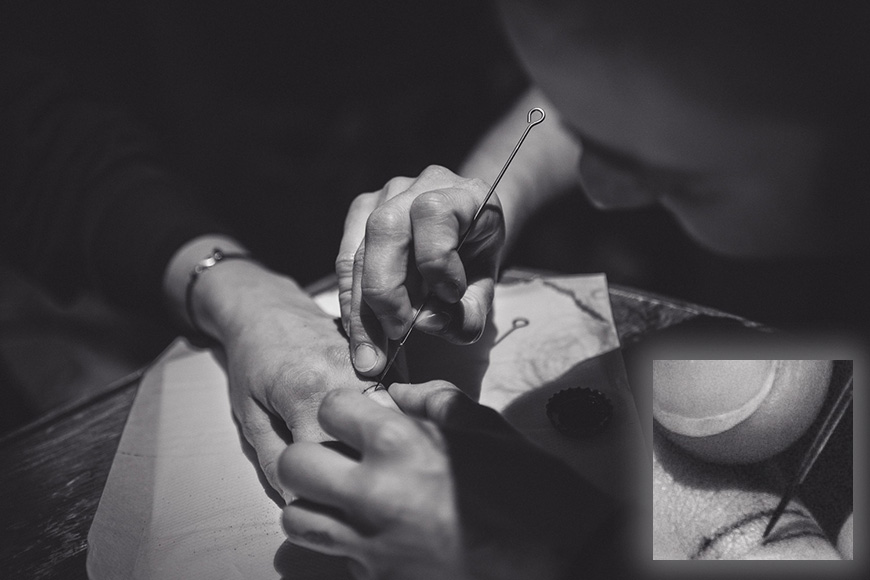
Sony a7 III + Samyang AF 35mm f/1.8 | 1/125, f/1.8, ISO 800
This is a snappy lens when it comes to autofocus, especially for this price point. There are more expensive lenses that will focus quicker, but the lens is responsive — far faster than Sony’s nifty fifty, for example — and more than adequate for the vast majority of shooting situations.
Autofocus is also refreshingly quiet — something that video shooters will appreciate. It’s not silent, but again, it’s far quieter than you’d expect for such an affordable lens.
Eye autofocus is reliable and single point focusing in low light conditions works well.
It struggles slightly (as do most lenses in this price range) if you ask it to detect a subject using Sony’s “wide” autofocus setting while there’s little light or contrast available.
After a month of use, I barely missed a shot, and given that I was predominantly shooting wide open, this is pretty impressive.
Image Quality

Sony a7 III + Samyang AF 35mm f/1.8 | 1/640, f/5.6, ISO 100 and 1/1250, f/5.0, ISO 320.
For such a lightweight and affordable lens, the Samyang AF 35mm f/1.8 is far sharper than it has any right to be.
It’s said to be sharper than the Sony 35mm f/1.8 and this alone might justify choosing the Samyang if you’re weighing up your choices.
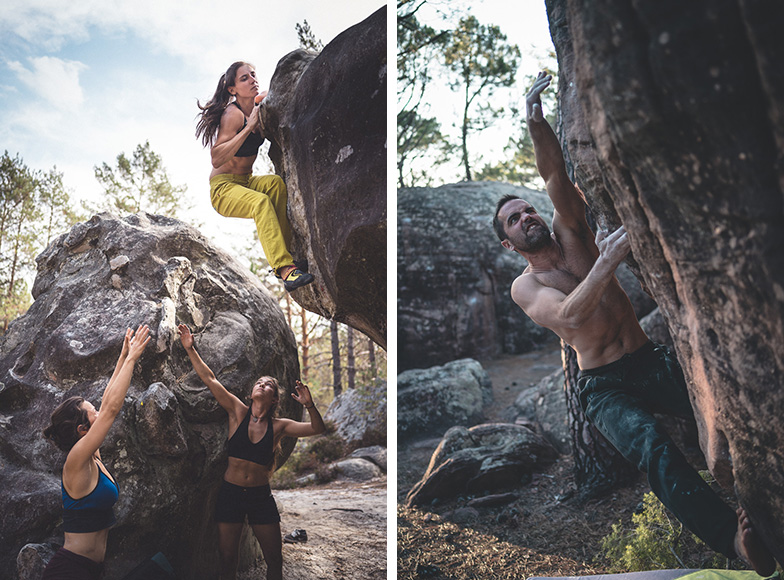
Sony a7 III + Samyang AF 35mm f/1.8 | 1/1000, f/2.0, ISO 100 and 1/500, f/2.0, ISO 320.
Corner sharpness fares well wide open, and flaring is surprisingly well controlled for such a small lens with so few elements.
For its nine aperture blades, bokeh feels smooth, and shooting into direct sunlight only causes a slight drop in contrast.
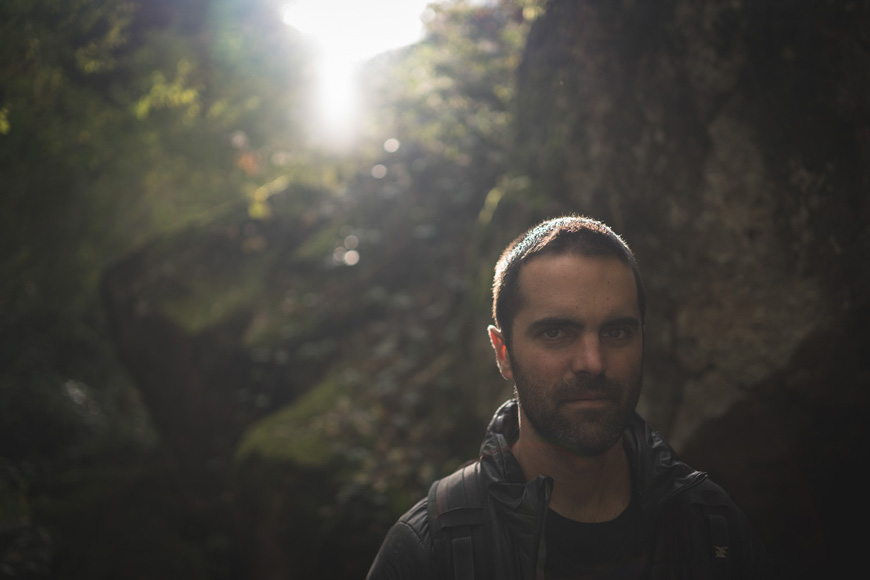
Sony a7 III + Samyang AF 35mm f/1.8 | 1/1000, f/1.8, ISO 100
The one area where the Samyang AF 35mm f/1.8 struggles slightly is with colour fringing as a result of chromatic aberration when shooting wide open.
Under certain conditions, out of focus areas in the background can take a green outline, while the foreground can take a pink outline.
Typically it’s possible to address this through editing software such as Lightroom, and this is only really an issue for pixel peepers or if you are planning to print your work quite large.
Given the size and price of the lens, this is one area where the vast majority of users will be more than happy to compromise.
Samyang AF 35mm f/1.8 Sample Images
Here are some more sample images taken with the Samyang 35mm f/1.8 and edited in Lightroom.
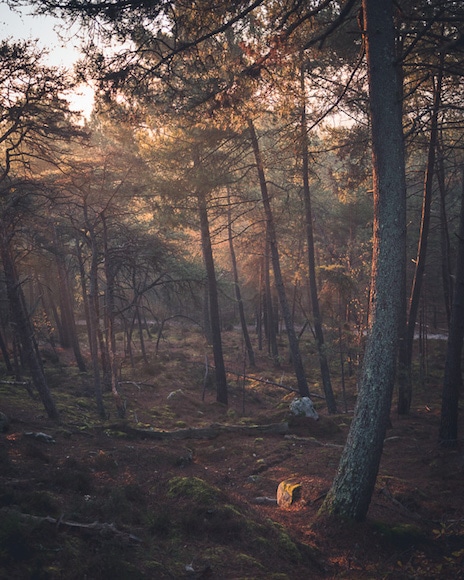





Value for Money
Value for money is where the Samyang AF 35mm f/1.8 makes other lenses seem overpriced. Sony users waited years for the system’s first Sony 35mm f/1.8, and many were frustrated that it wasn’t the entry-level option seen in Sony’s nifty fifty.
Many expected Tamron to get there first, but instead, Tamron chose to make their 35mm prime an f/2.8 lens with some interesting macro functionality — great for anyone interested in shooting objects close up, but definitely not the “fast-but-not-too-fast” glass that users had hoped for.
Finally, Samyang has stepped up and made the lens that many Sony fans have been waiting for: an affordable 35mm f/1.8. Not only is it accessible for those on a tight budget, it’s also excellent quality.
Unless you particularly need the Sony’s more robust build quality, there’s no real reason to spend almost twice as much money. At less than $400, save yourself some cash, space, and weight, and get the Samyang AF 35mm f/1.8.
Samyang AF 35mm f/1.8 Review | Conclusion
Until a few years ago, there were very few options at 35mm for Sony users. Samyang and Tamron introduced f/2.8 lenses, Samyang’s being compact and Tamron preferring macro functionality.
But there were no 35mm f/1.8 options meaning that for anyone who wanted a bit more subject separation when it came to things like environmental portraits, the only choices were the huge, heavy, and vastly more expensive f/1.4 lenses from Sony and Sigma (and more recently, Samyang itself).
Sony eventually released a 35mm f/1.8 in 2019, and at just under US$750, it always felt a little bit expensive, especially if ruggedness and custom buttons aren’t of great importance to you.
The Samyang AF 35mm f/1.8 is a fantastic addition to the lineup of Sony lenses available. Its price, autofocus performance and image quality are all excellent, and testing this lens has been a joy.
The fact that it’s compact and lightweight makes it a lens that will go everywhere with you without an extra thought, and it’s made even more convenient by the excellent clamshell case that accompanies it.
It’s also a viable option for APS-C shooters, offering the full-frame equivalent of 52.5mm. Sony has its own 35mm f/1.8 for crop-sensor cameras, and while it includes optical stabilization, it’s not a lens that you can use properly on both full-frame and APS-C cameras.
By contrast, the Samyang AF 35mm f/1.8 would double as a nifty fifty when attached to something like an a6500.
Samyang has done an excellent job with this lens. 35mm prime lenses with huge apertures are often overkill, and Sony users have had to be very patient for f/1.8 glass at this focal length.
The Samyang AF 35mm f/1.8 is, without doubt, one of the best value lenses available for Sony cameras.

Offers crisp, clear images and excellent low-light performance, along with an autofocus motor that's quick, quiet and precise.





